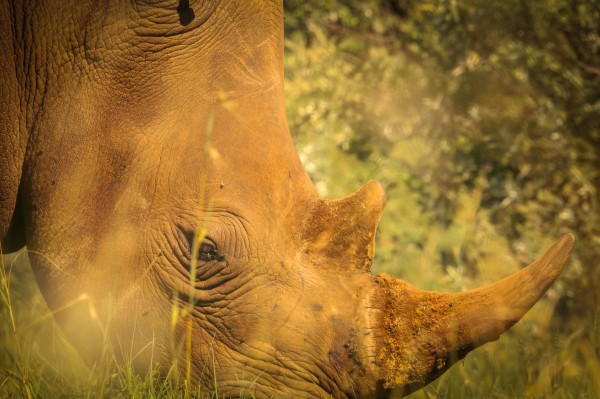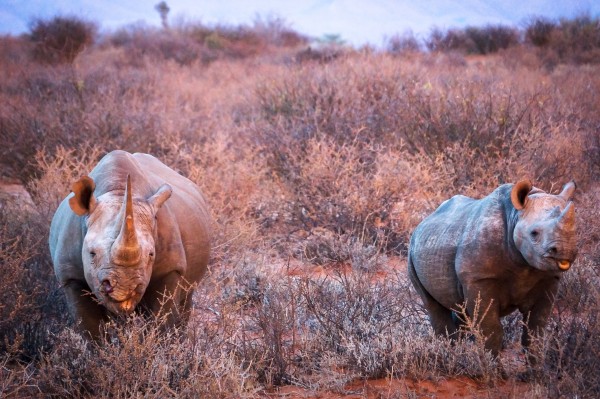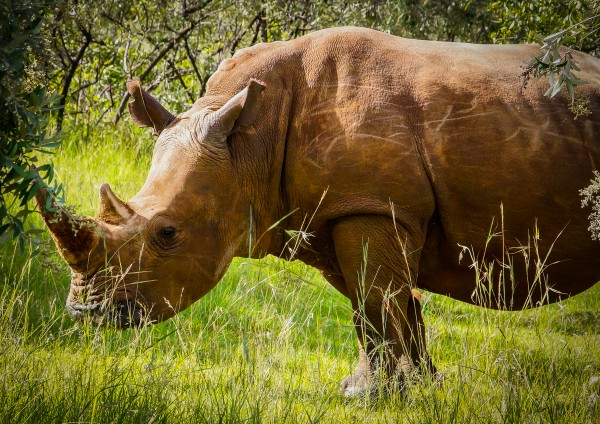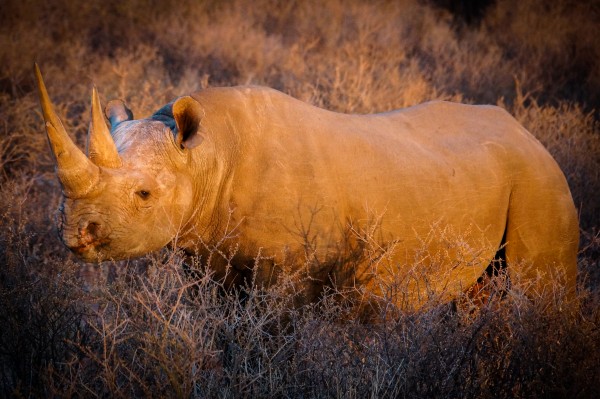The Business of Rhino Poaching: 5 Things you Need to Know
Kenya, Africa
Story & photos by: Michaela Guzy.
#1. $19 BILLION USD
The estimated dollar value of the global illegal wildlife trade (Source: International Fund for Animal Welfare, IFAW), with the international trade of endangered rhino estimated to be worth $10 billion a year, according to Global Financial Integrity, a research organization that tracks underground commerce (http://www.
South Africa
#2. 1,004 ENDANGERED RHINOS
In 2007 just 13 rhinos were illegally killed in South Africa, with numbers escalating sharply to 1,004 rhinos poached during 2013– 1.5x as high as 2012. Between January and April 2014, 294 rhinos have been illegally killed in South Africa. (Sources: http://ec.
#3. $100,000 USD
The price per kg paid in Vietnam for rhino horn (horns average 1-3kg each, depending on the species). To give some perspective rhino horn is worth more than the price of gold, cocaine or heroine. Why the price? The horn is thought to cure everything from erectile dysfunction, cancer to hangovers. (Source: http://
Kenya, Africa
#4. $44.5 BILLION USD & 5,492,000
The amount leisure travelers spent (inbound and domestic) in Sub-Saharan Africa in 2013 – (64.5% of direct Travel & Tourism GDP) with a projected 5.1% growth rate in 2014. Travel & Tourism generated 5,492,000 jobs directly in 2013 (2.4% of total employment) and this is forecast to grow by 1.3% by the end of 2014 to 5,565,000 (2.4% of total employment). (Source: http://
#5. $250-$1,000 USD
According to Guide & CEO of African Bush Camps, a luxury safari operator and lodge owner operating in Zimbabwe and Botswana, the average price of safari in Africa (not just his camps) ranges between $250-$1,500 USD per day, per person (typically inclusive of all food, activities, transfers and accommodations). And considering the average length of stay of a North American or European traveler is between 2-3 weeks, this is a significant number for the local African economies.
QUESTIONS TO PONDER:
- What happens when the rhinos are gone?
- What will happen to international tourism numbers– those long-haul travelers who come to see the BIG 5 (elephant, cape buffalo, lion, leopard and rhino) that help bolster the Sub-Saharan African economy?
- How will this alter jobs in Sub-Saharan Africa? Not just jobs directly touching tourism (hotels, safari operators, etc.) but how about the local women’s projects who supply everything from soaps to the chicken served to guests?
- How much will the value of rhino horn increase if the species disappears?
Rhino horn theft is reportedly on the rise across the globe with recent reports in Ireland, Africa and Colorado, but at an all new low– this endangered species horn (comprised of similar material to the human toe nail) is being stolen from museums, auction houses, antique and taxidermist shops. And selfishly it means you just plain don’t get to see one of them on safari, nor will future generations.
South Africa
HOW YOU CAN HELP: Credible organizations that help save the rhino, elephant and other endangered species:
TUSK: currently supports 52 field projects in 17 African countries that not only work to protect wildlife, but also help to alleviate poverty through sustainable development and education amongst rural communities who live alongside the wildlife. As the ever-expanding human population and its demand for more land brings increasing conflict with wildlife, Tusk’s aim is to forge an inextricable link between the preservation of Africa’s natural heritage and the future of its land, culture and people. Save the rhino being one of TUSK’s successful projects to save the black rhino.
International Union of Conservation of Nature (IUCN): Is the world’s largest and oldest global conservation organization. IUCN have almost 11,000 voluntary scientists and experts, grouped in six Commissions in 160 countries.




